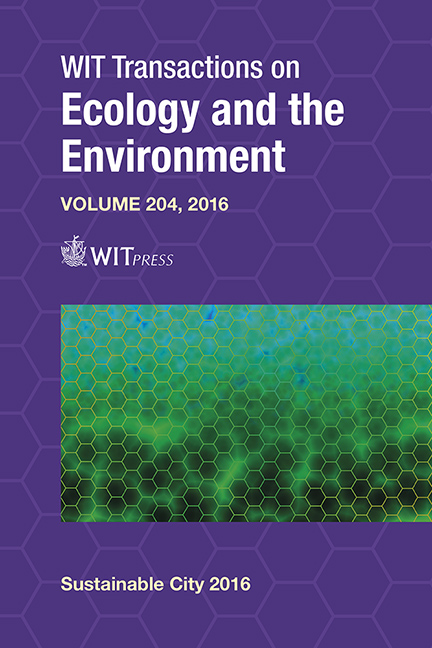Interconnections Of Urban Systems: Infrastructure, Design And Planning In Relation To The Presence Of Resilience – A Case Study In The City Of Blumenau, Santa Catarina State, Southern Brazil
Price
Free (open access)
Transaction
Volume
204
Pages
13
Page Range
467 - 479
Published
2016
Size
377 kb
Paper DOI
10.2495/SC160401
Copyright
WIT Press
Author(s)
A. P. G. M. Pinto, V. F. Fraga
Abstract
Natural catastrophes caused by torrential rain, for example, are of major concern nowadays since they can disrupt the functioning of a city’s vital network, causing even irreversible damage to the socio-urban structure. It may be something dynamic, counterposed to the circumstantiality of the externalities to be realised in the concreteness of the local existence. Thus, fragile, inadequate or deteriorated infrastructure potentialises risks of natural catastrophes. On the other hand, the possible interconnections of the urban systems: infrastructure, design and planning, may present significant potential, from the perspective of resilience, to sustain the quality of life, and, above all, to ensure the survival of the city and its inhabitants. The central point of this study is to rethink such urban vulnerabilities in order to better explain the implications of the presence of resilience in the city. This reflection is based on Projeto Blumenau 2050, which has presented a plan with guidelines and projects for this city in Santa Catarina State, Southern Brazil, with respect to the territorial planning, devised after identification of its susceptibility to flooding, caused by torrential rainfall, mainly due to the El Niño phenomenon, which has hit this city over the last five years. Although adequate infrastructure is essential to urban design, according to the Brazilian Chamber of Commerce in 2013, the percentage of such investment in the country is much less than the average in cities in other emerging countries. Therefore, Projeto Blumenau 2050 has stimulated permanent efforts to avoid disruption of such plans aimed at coping with these critical issues.
Keywords
public policies, urban planning, urban systems, resilience





